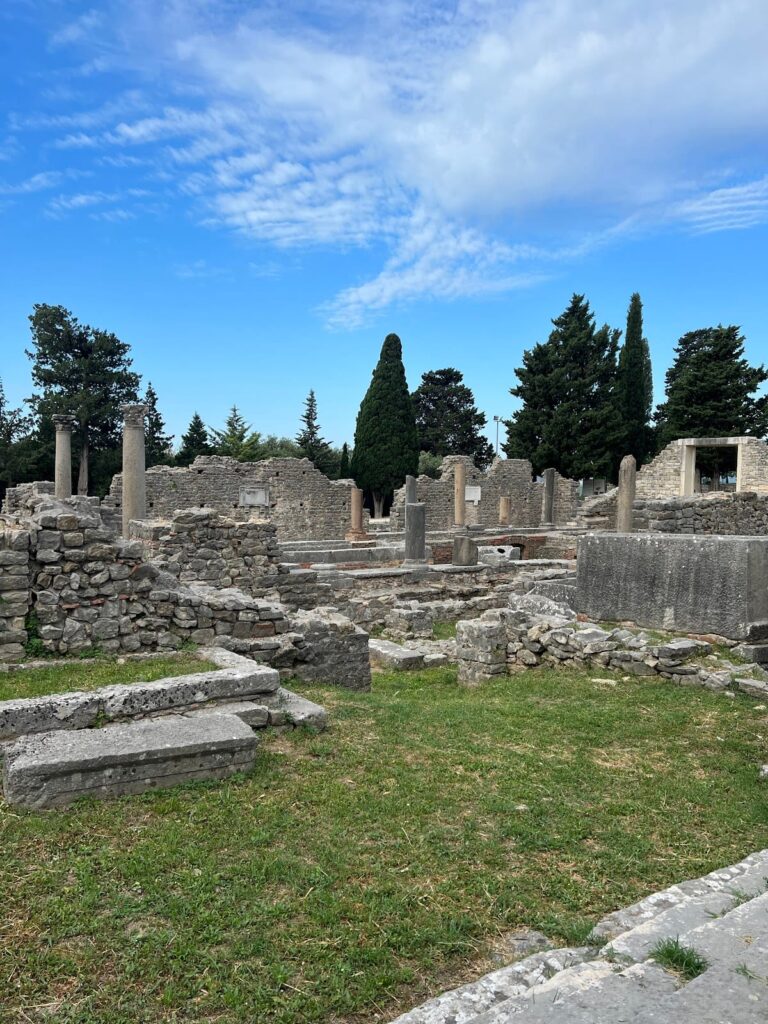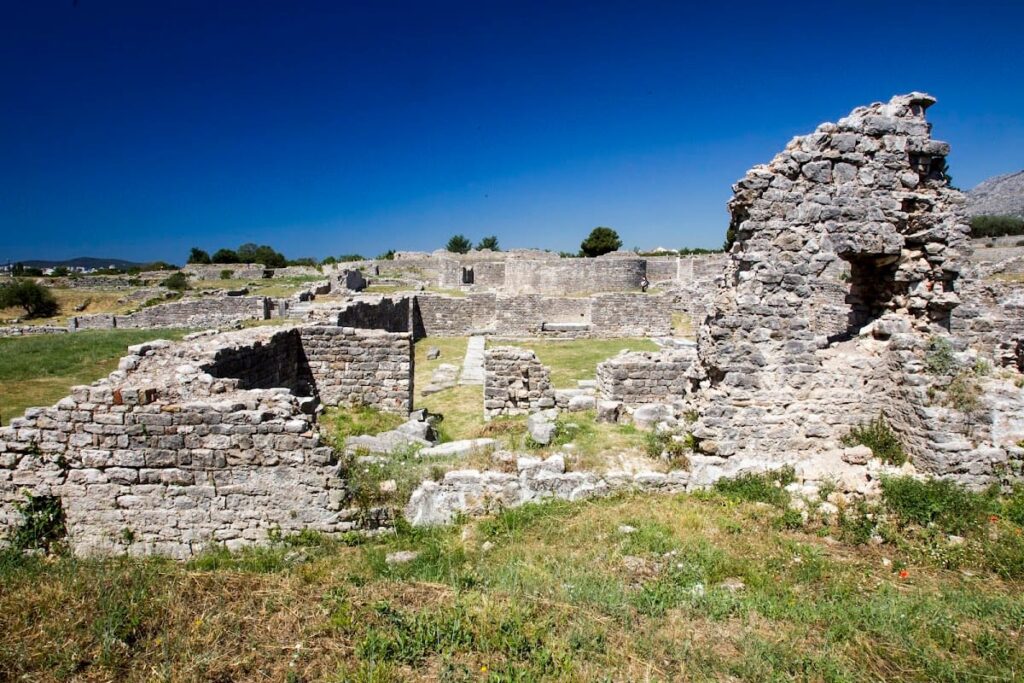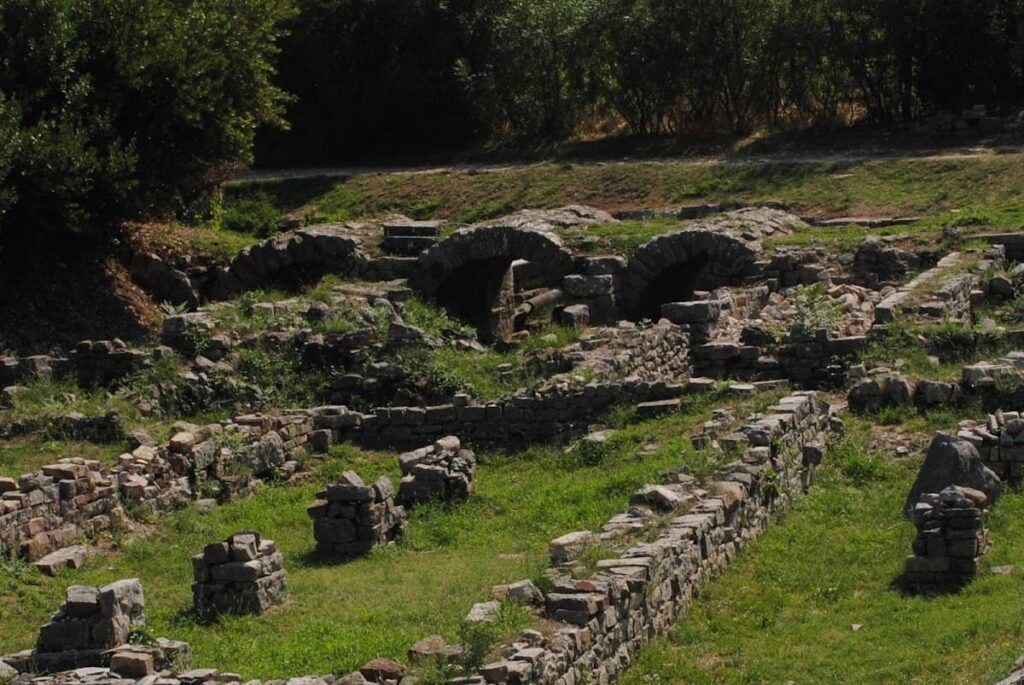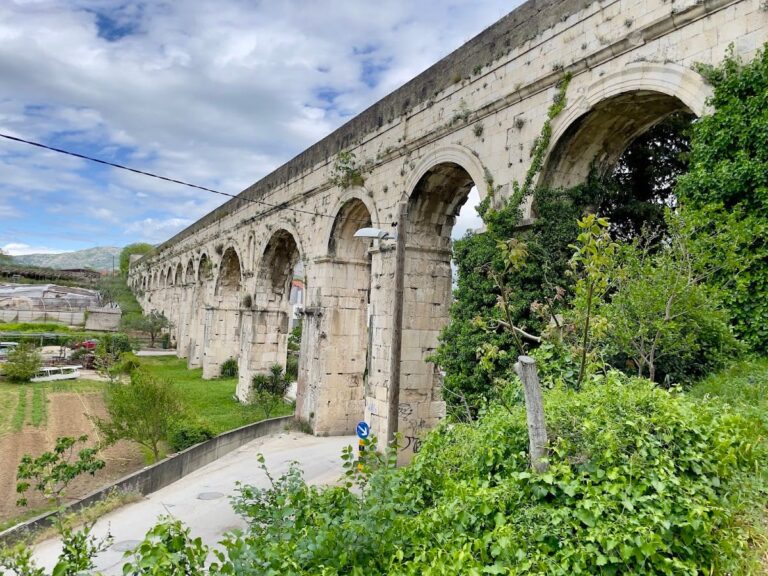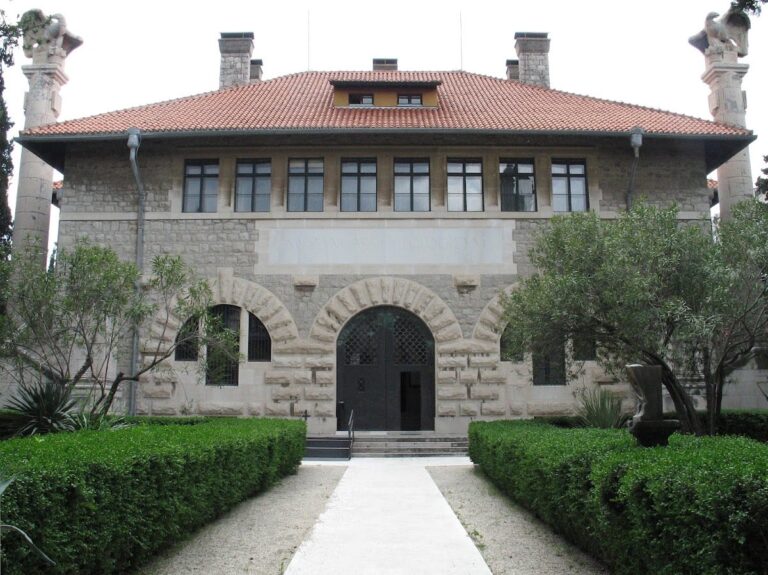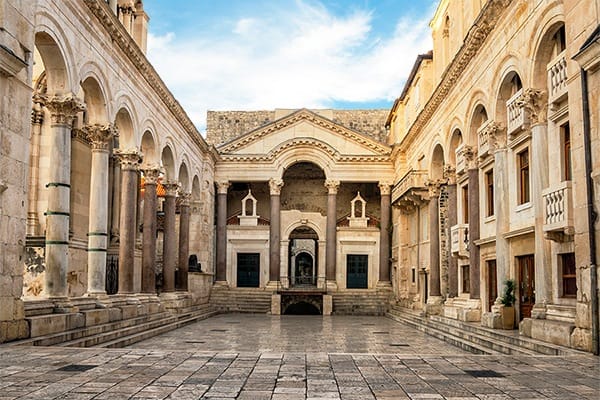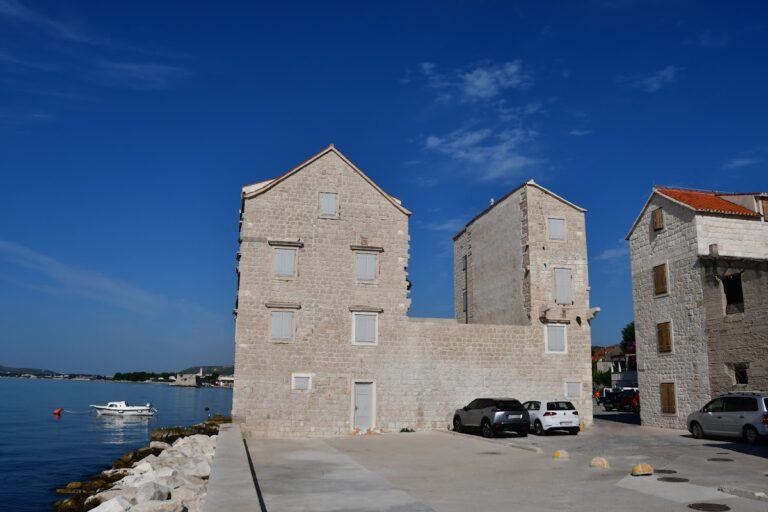Salona: Ancient Roman Capital and Port in Dalmatia
Visitor Information
Google Rating: 4.5
Popularity: Low
Google Maps: View on Google Maps
Country: Croatia
Civilization: Byzantine, Roman
Remains: City
History
Salona was established in the 3rd century BC on land previously inhabited by the Illyrian Delmatae and near Greek marketplaces. It later became the capital of the Roman province of Dalmatia. The city was officially known as Colonia Martia Iulia Salona Felix, a name likely given after Julius Caesar’s civil wars. Over time, Salona grew into one of the largest cities in the late Roman Empire, with a population reaching around 60,000 inhabitants.
In the late Roman period, Salona gained further prominence as the birthplace of Emperor Diocletian. After his reign, Diocletian retired to a palace located about six kilometers from the city, which eventually formed the foundation of the modern city of Split. Salona also served as the final residence of former Western Roman Emperor Julius Nepos and acted as a de facto “capital” of the Western Roman Empire between 476 and 480 AD.
Christianity became increasingly important in Salona during the 4th and 5th centuries. The city saw the construction of numerous churches, including an episcopal basilica, a baptistery, and shrines dedicated to Christian martyrs. The bishopric of Salona held metropolitan authority over Dalmatia.
Salona was a key port on the eastern Adriatic coast, maintaining maritime connections with cities such as Alexandria, Ephesus, and Ravenna. It also operated a mint. However, in the early 7th century, the city suffered extensive destruction during invasions by the Avars and Slavs, including the Croats. By around 639 AD, Salona was abandoned, and its surviving inhabitants relocated to nearby coastal towns and to Diocletian’s Palace.
Archaeological excavations have been ongoing since the late 19th century, with major discoveries in the 20th century revealing city walls, necropolises, and public buildings that shed light on Salona’s historical development.
Remains
Salona was enclosed by elliptical city walls measuring about four kilometers in circumference. These walls, initially built in the 2nd century BC, were expanded under Emperor Marcus Aurelius around 170 AD to include eastern and western suburbs. The fortifications featured at least ninety towers and were reconstructed in the early 5th century under Theodosius II. In the 6th century, the towers were modified to have triangular ends.
One of the best-preserved structures is Porta Caesarea, a city gate on the northeast side. It includes two octagonal towers and three separate passages, one for carts and two for pedestrians. The gate had a movable grid for defense and a richly decorated two-story building with half-columns and composite capitals.
The amphitheatre, built in the latter half of the 2nd century AD, measures approximately 125 by 100 meters externally, with an arena of 65 by 40 meters. It could hold between 15,000 and 18,000 spectators. The seating was arranged in three tiers, with a covered top tier and a special box for the provincial governor. Vaulted rooms beneath the arena served for gladiators’ worship and executions. The amphitheatre was heavily damaged in the 17th century by Venetian forces.
The Great Thermae, located in the eastern part of the city, date from the 2nd or early 3rd century AD. This rectangular bath complex includes three apses, a cold pool called a frigidarium, dressing rooms with benches, a massage room known as an unctorium, exercise and lounge areas, and hot baths such as the caldarium, tepidarium, and sudatorium.
The episcopal center lies in the northwest section of the eastern city. It contains twin longitudinal basilicas, a baptistery, and a bishop’s palace built in the 5th century. This basilica complex is the largest known in Dalmatia.
Salona’s aqueduct, constructed under Emperor Augustus, stretches about 3,850 meters. It brought water from the Jadro River, supplying enough for roughly 40,000 people. The best-preserved aqueduct section is located north of the episcopal center.
The city’s forum, measuring 45 by 70 meters, served as the civic heart until the 4th century, when Christianization shifted the city’s focus. The theatre, built in the 1st century AD, measures 65 by 58 meters and could seat about 3,500 spectators. Nearby, a temple dedicated to either Dionysus or Liber stands south of the theatre.
Outside the city walls, the Manastirine complex includes a basilica and cemetery dating back to the 2nd century BC. Christian burials here are near the tomb of Bishop Domnius, a martyr executed in 304 AD. The basilica was rebuilt in the 5th century but was looted during the early 7th-century invasions.
The Kapljuc site contains remains of a 4th-century cemetery basilica built above the graves of executed Praetorian guards. The Bridge of Five Arches in the eastern suburb once spanned a backwater of the Jadro River, linking the city’s main east-west street, the Decumanus Maximus, to the Porta Andetria gate and the road to Epetium (modern Stobreč).
Southeast of Porta Caesarea lies the Praetorium, a luxurious villa likely used as the governor’s palace. It contained mosaics depicting mythological scenes, now preserved in the Archaeological Museum of Split.
Numerous Latin and Greek inscriptions have been found throughout the city and its cemeteries. Marble sarcophagi discovered in the necropolises outside the city walls are also displayed in the museum. The necropolises were located along roads outside the city, following Roman laws that forbade burials within city limits.
